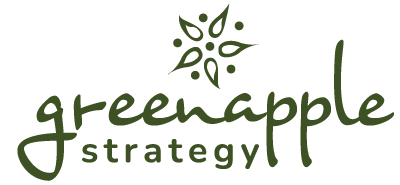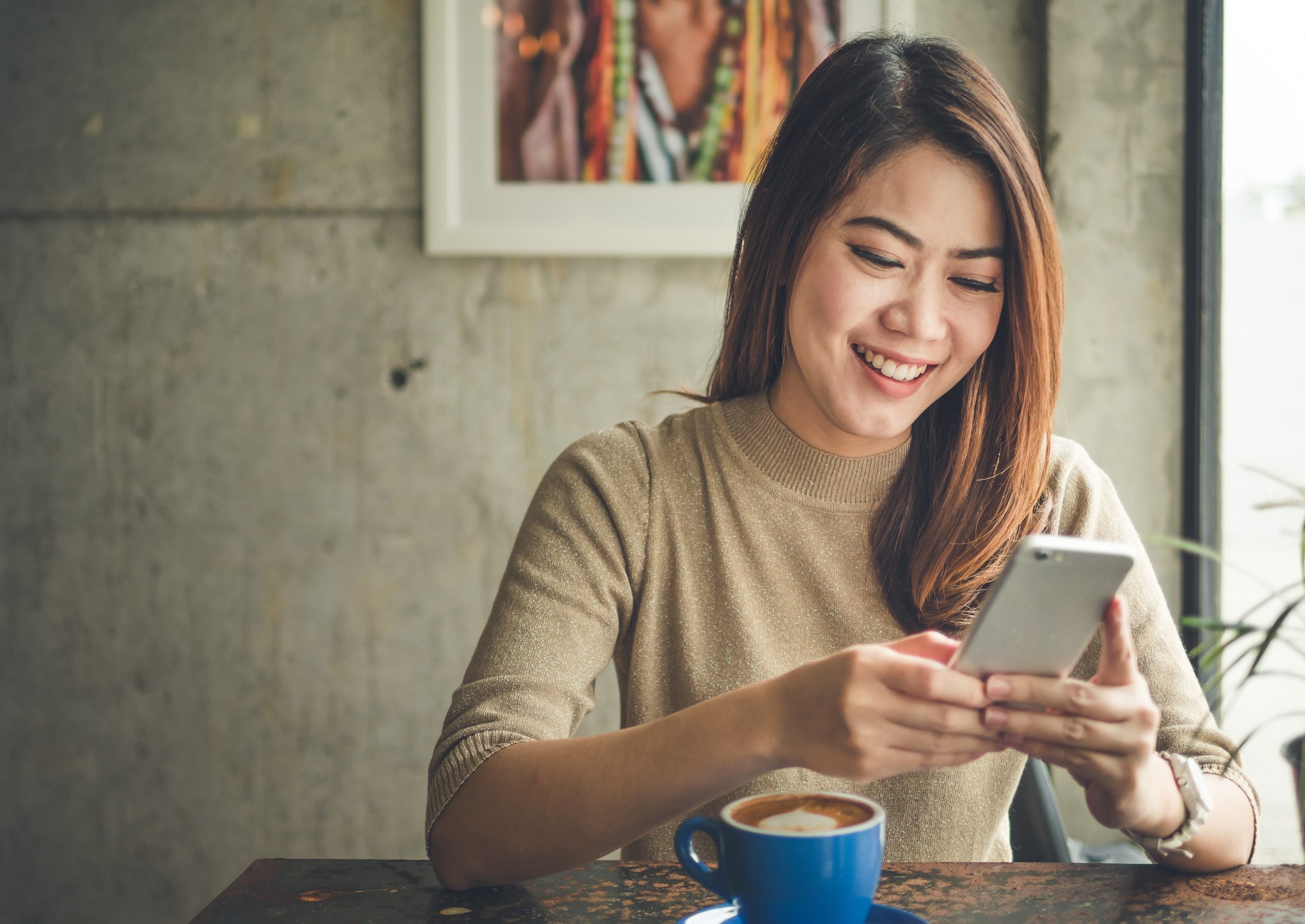Spring is in the air, and so is spring cleaning. While we organize and reset our living spaces, let’s consider another area that could benefit from a refresh too: your brand.
It’s normal for a brand to update its visual identity, messaging, and digital presence to stay fresh and relevant. A brand refresh also helps re-engage your existing audience, attract new customers, and re-emphasize your core values. A successful brand refresh can include updated logos, messaging, and visuals that connect with your constituents and work together to improve your bottom line.
To inspire you to spring clean your brand, here’s a look at some of our favorite refreshers and why they worked.
Brand Refresh Versus A Rebrand
Keep in mind that a brand refresh is different from a rebrand. While a rebrand provides an entirely new identity, a refresh involves smaller tweaks that freshen things up without a total overhaul. A refresh can be a good fit for brands that want to keep the same core values and mission statement, have existing customers with a high level of brand engagement, or update a few elements to stay competitive.
Inspiring and Effective Brand Refreshes
Burger King
As one of the oldest fast-food chains, Burger King has a longer history than many of its modern-day competitors. In 2020, the burger chain updated its logo, typeface, and employee uniforms to pay homage to its retro roots. While other brands are leaning into a more modern aesthetic, Burger King’s rebrand drew inspiration from their 1969 logo, a strategic decision that allows them to stand out in a market that is otherwise full of clean lines and sleek designs.
Dunkin’
Your brand’s logo communicates an important message about your business. So, if your business changes directions, your logo should too. When Dunkin’ Donuts pivoted to an expanded menu beyond serving only coffee and donuts, they decided to reflect the change in their name. The company removed the coffee cup from the logo and dropped “Donuts,” shortening their name to “Dunkin’.” They kept the signature pink and orange color scheme and rounded typeface, showing that a successful update can occur without completely veering from your brand’s original visual identity.
Newcore Capital
Newcore Capital, a growing UK brand in property fund management, needed a brand identity that would differentiate it from competitors. At the same time, the brand wanted to be recognized as proven and respected and tell an impactful brand story. For this refresh, a new color palette, font, and visuals made sense to elevate the brand and communicate the desired message with an authentic feel.
Gucci
As a 103-year-old fashion retailer, Gucci is having a pop-culture moment—and not by accident. This powerhouse brand understands that it sells more than a product; it sells a story. While Gucci’s popularity has seen ups and downs, it’s currently one of the largest luxury brands in the world because of a pivot in brand narrative. Now, Gucci’s “maximalist, dream-like, and aesthetically excessive universe” allows the brand to be instantly recognizable.
Green Apple Strategy
Our marketing agency implemented a brand refresh of our own in 2023. As part of the process, we chose a new color palette and new brand fonts for print and web use. Green Apple’s previous color palette featured nine vibrant primary and secondary colors, while our new palette has six muted, modern tones. We also simplified our font selection to include one serif and one sans serif option in addition to our logo. The refresh updated Green Apple Strategy’s visuals with a culturally relevant, professional look and feel.
One that Missed the Mark
WE ❤️ NYC
The iconic I HEART NY logo was created by graphic designer Milton Glasner in the 1970s. In 2023, a WE HEART NYC was unveiled to replace Glasner’s original. The new design was a flop, failing to resonate with residents and visitors. As one person shared on X, formerly Twitter, “I think the city that currently owns the most iconic branding in the entire world should not rebrand.” We must say we agree. It’s essential to consider your brand’s existing equity before making significant updates, changes, or refreshes and get valuable customer feedback before moving forward on major initiatives. As Burger King, Dunkin’, Newcore Capital, and Gucci have shown us, you may be able to build on what you have instead of starting over!
Develop the Perfect Brand Refresh
Like spring cleaning, refreshing your brand is hard work when it’s done well. Our team at Green Apple Strategy is here to help lighten your load. We can identify which brand elements could benefit from an update, design new visuals, strategize on how to introduce them to your audience, and more. Contact us today to get started.














